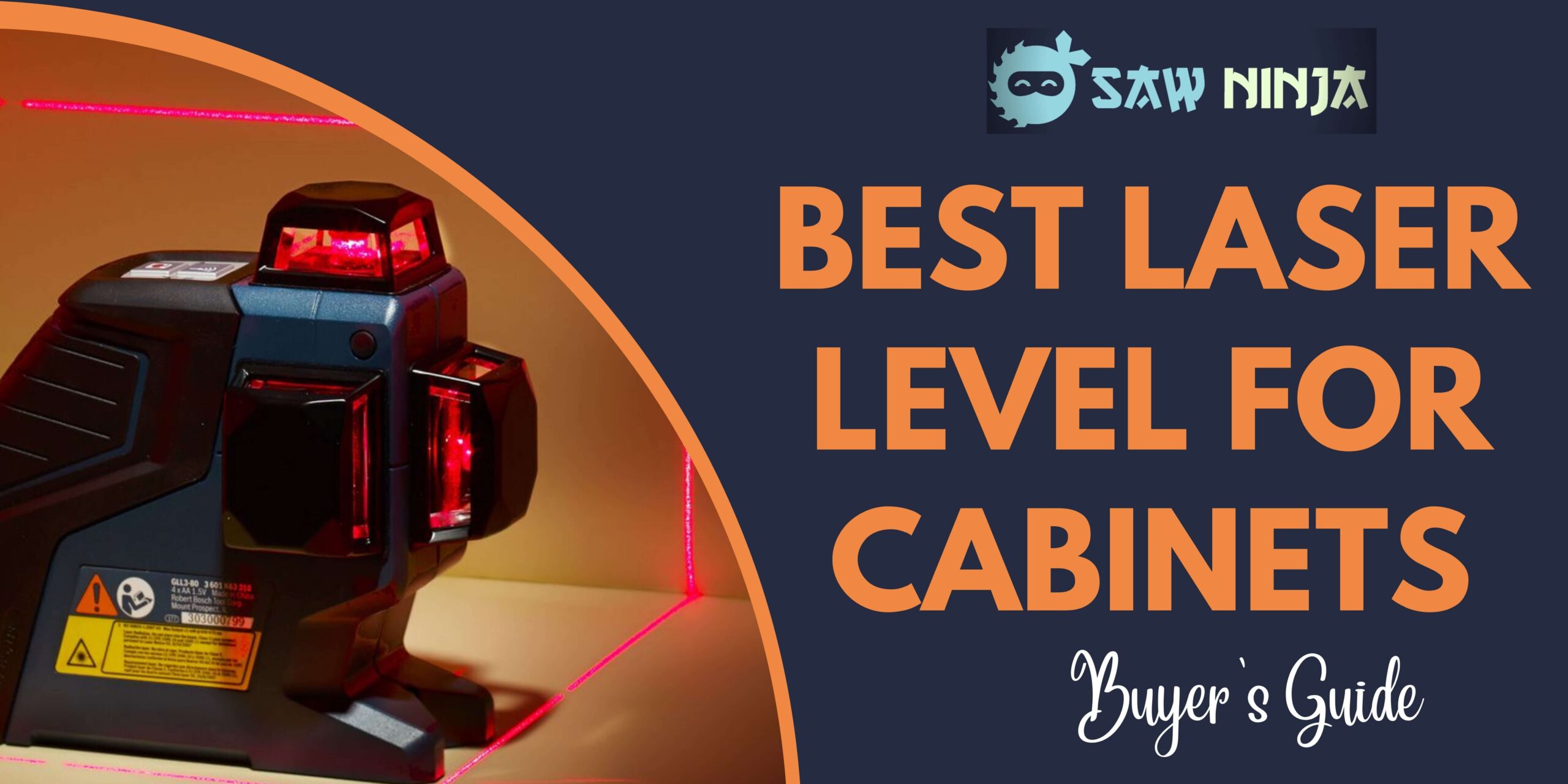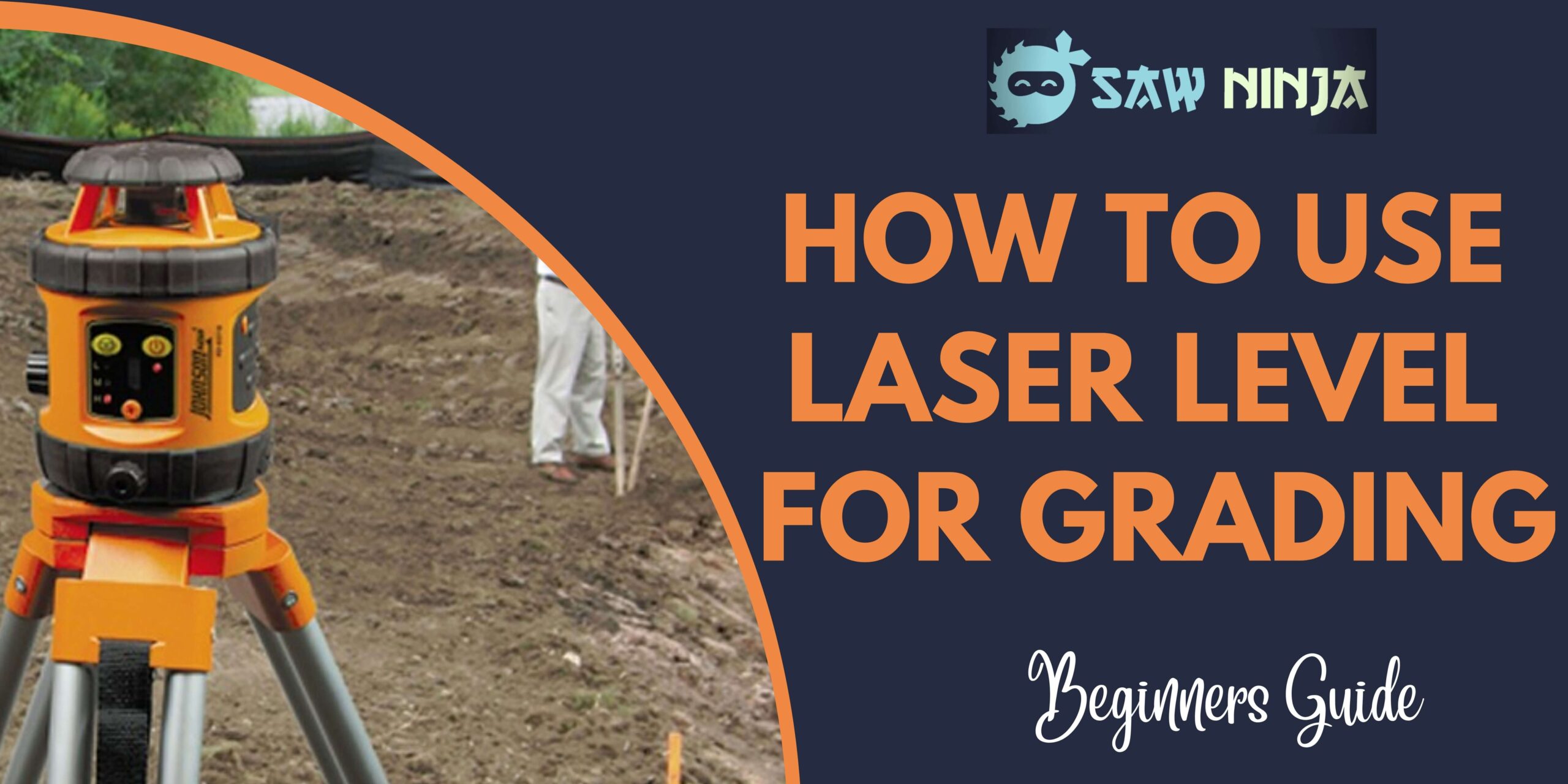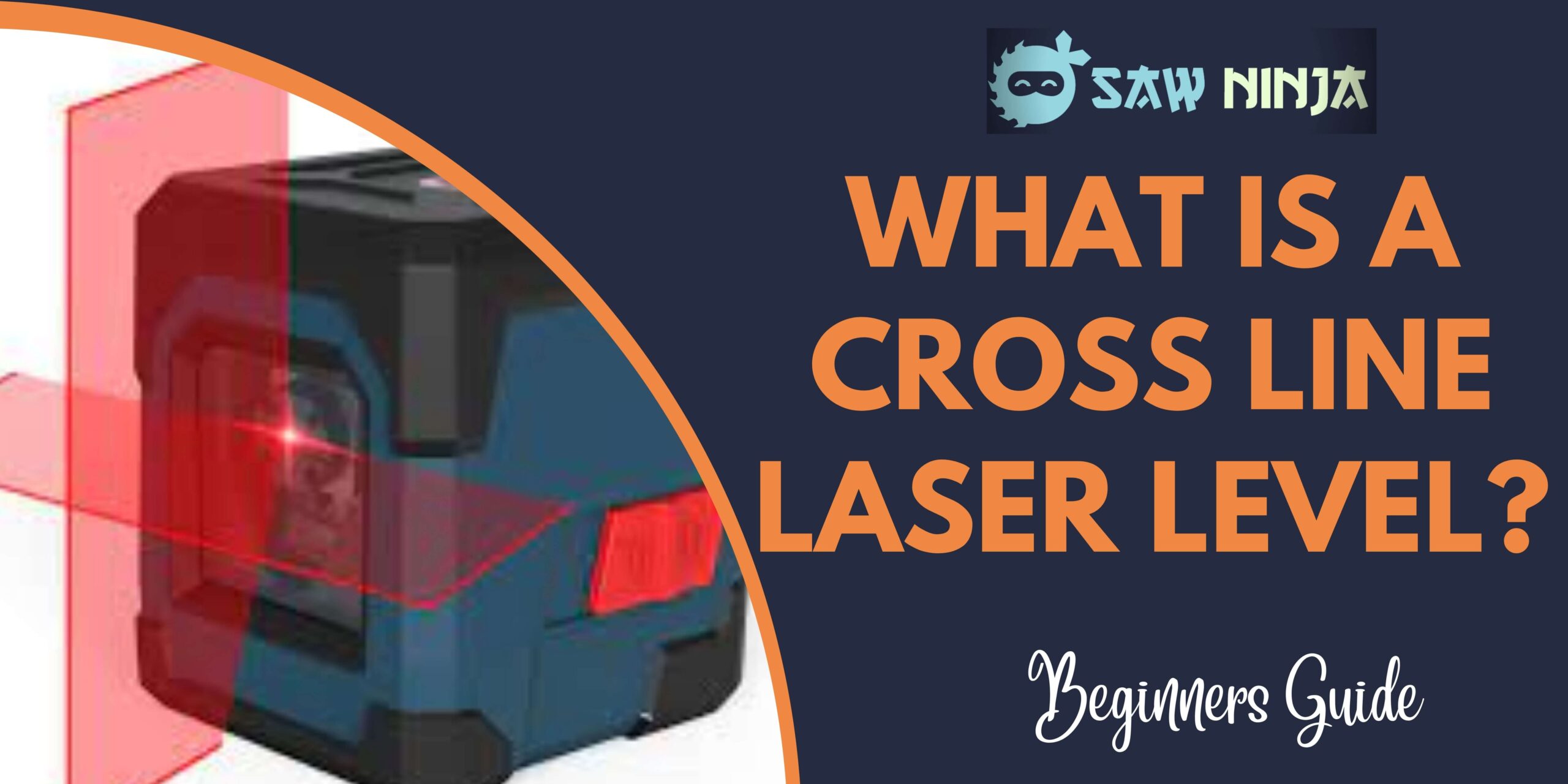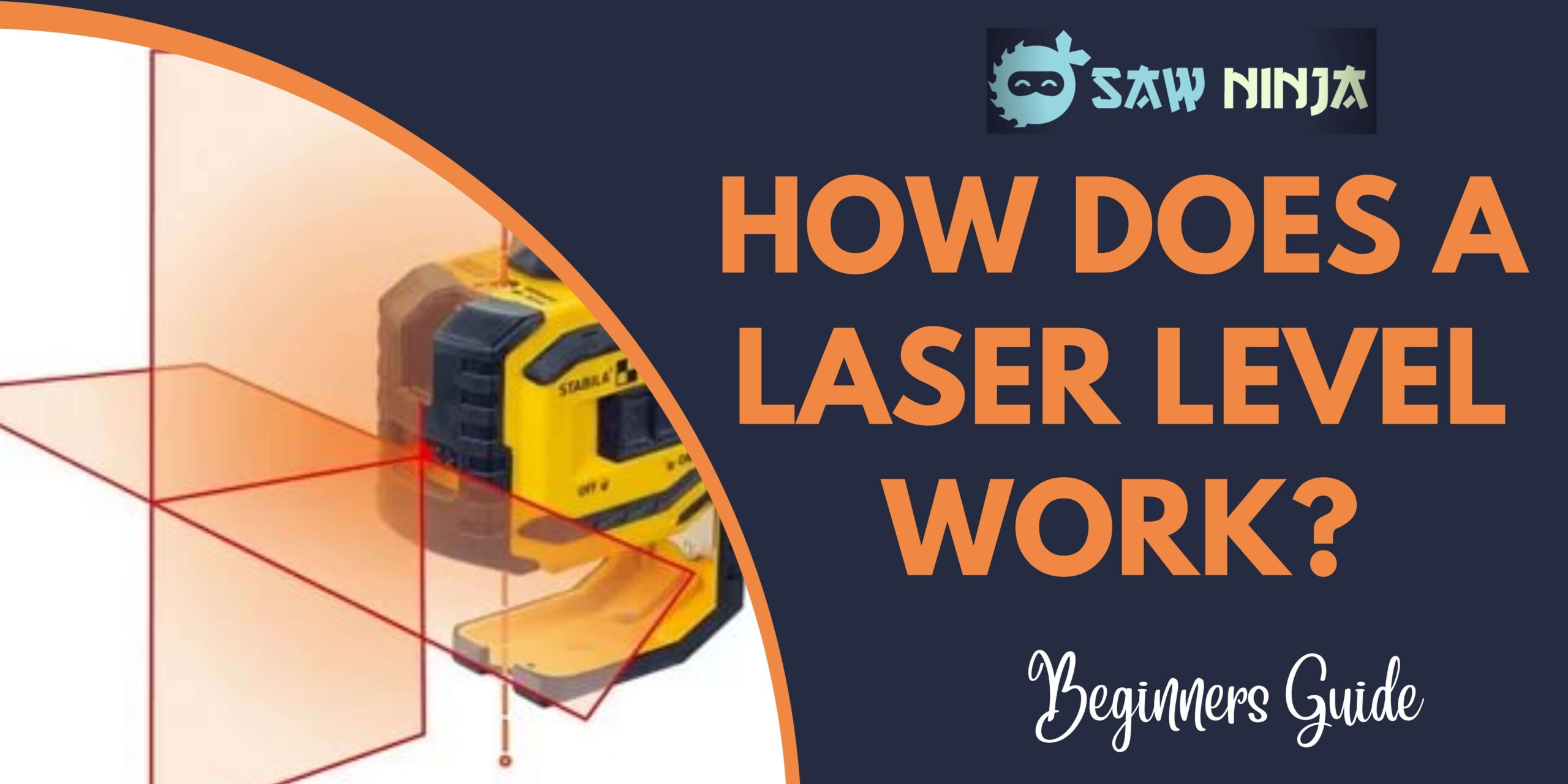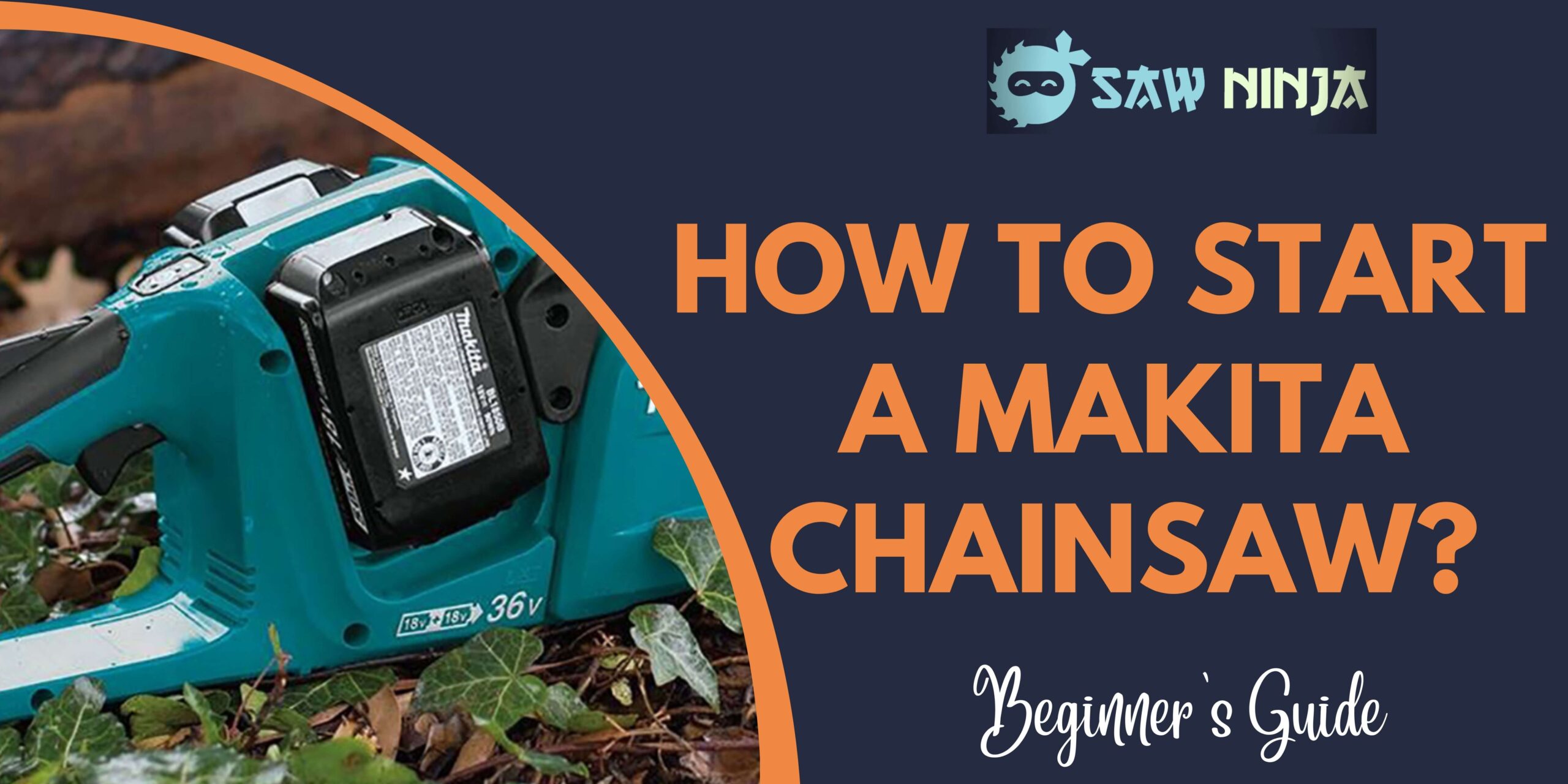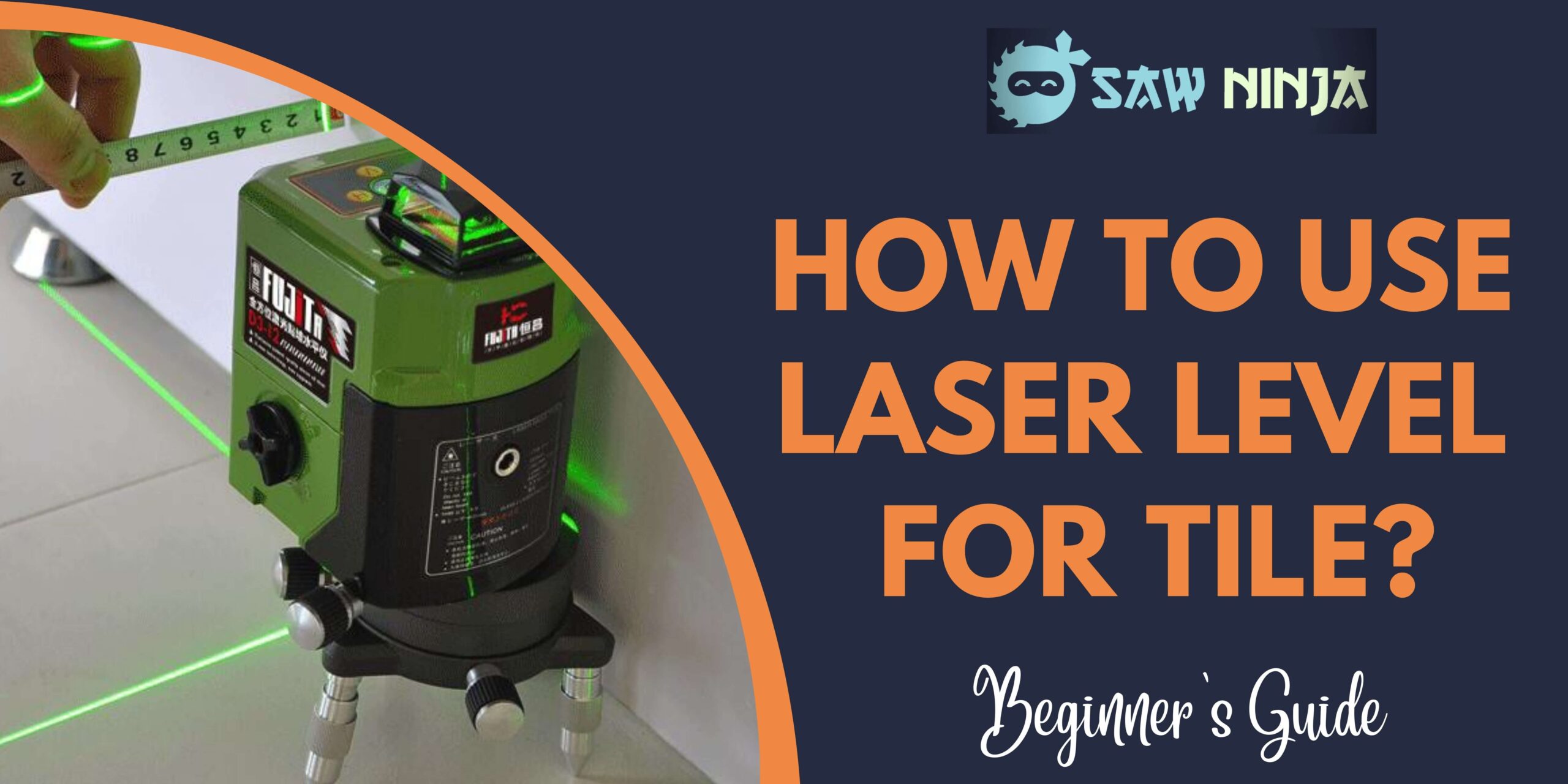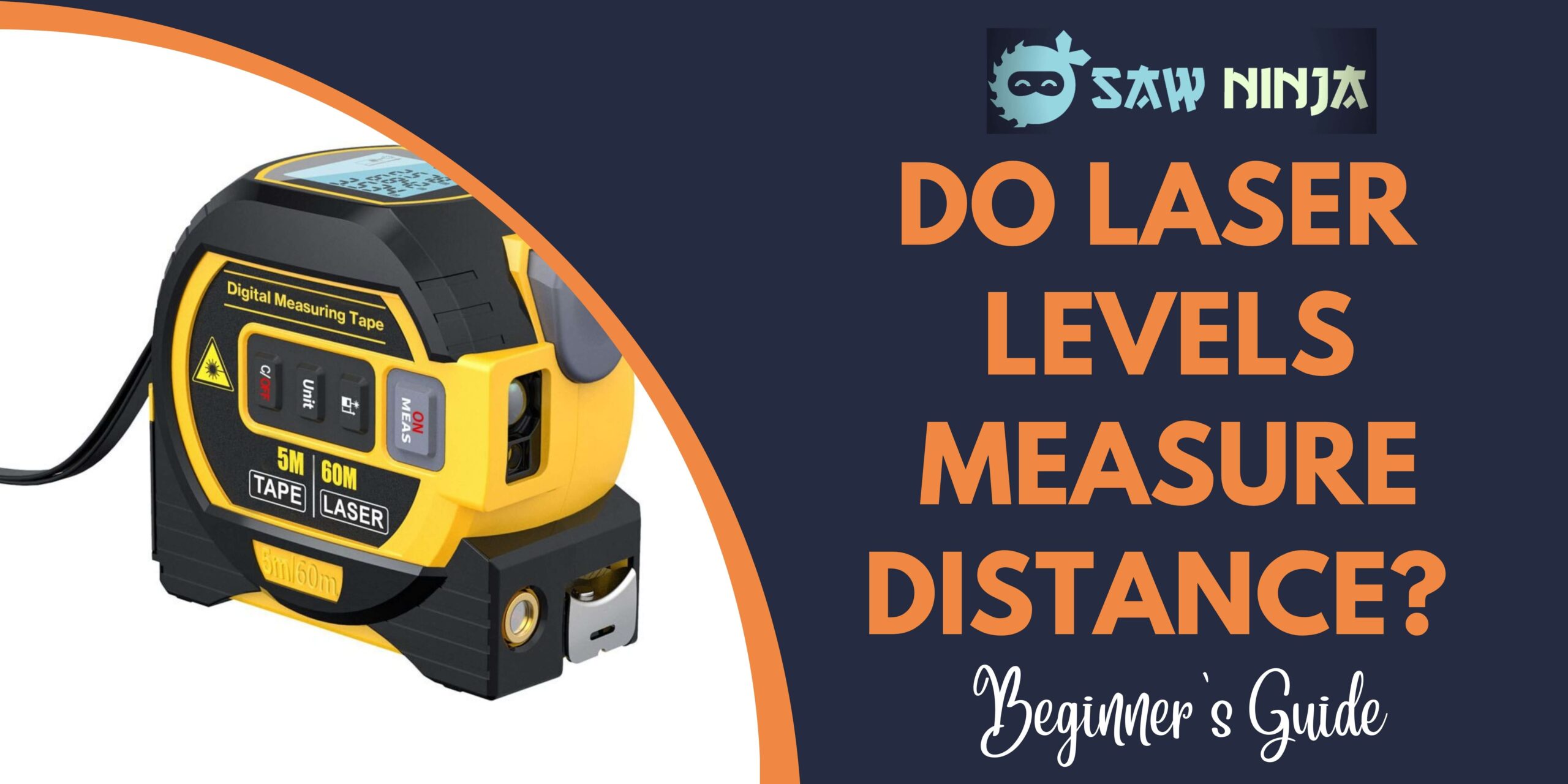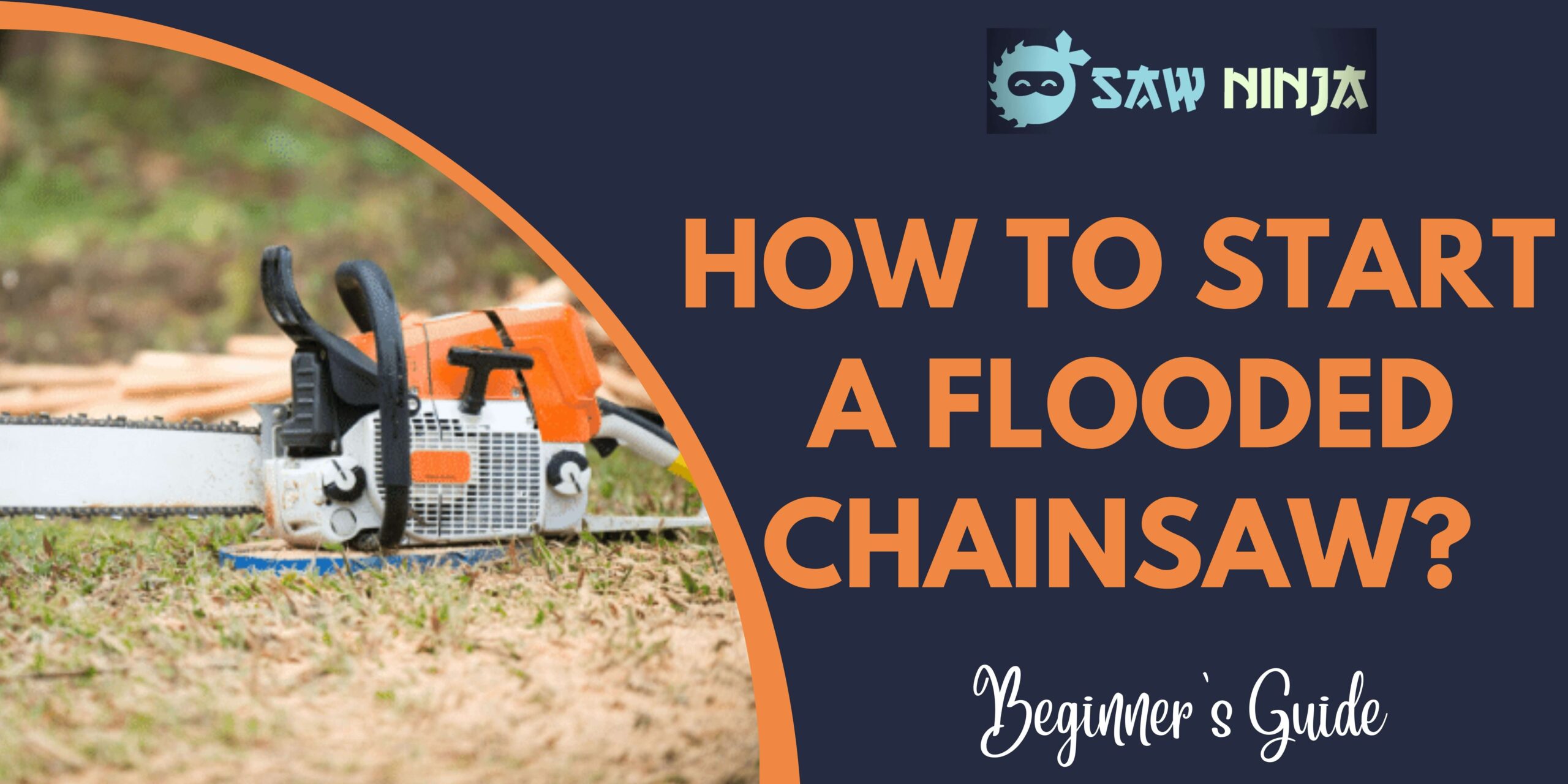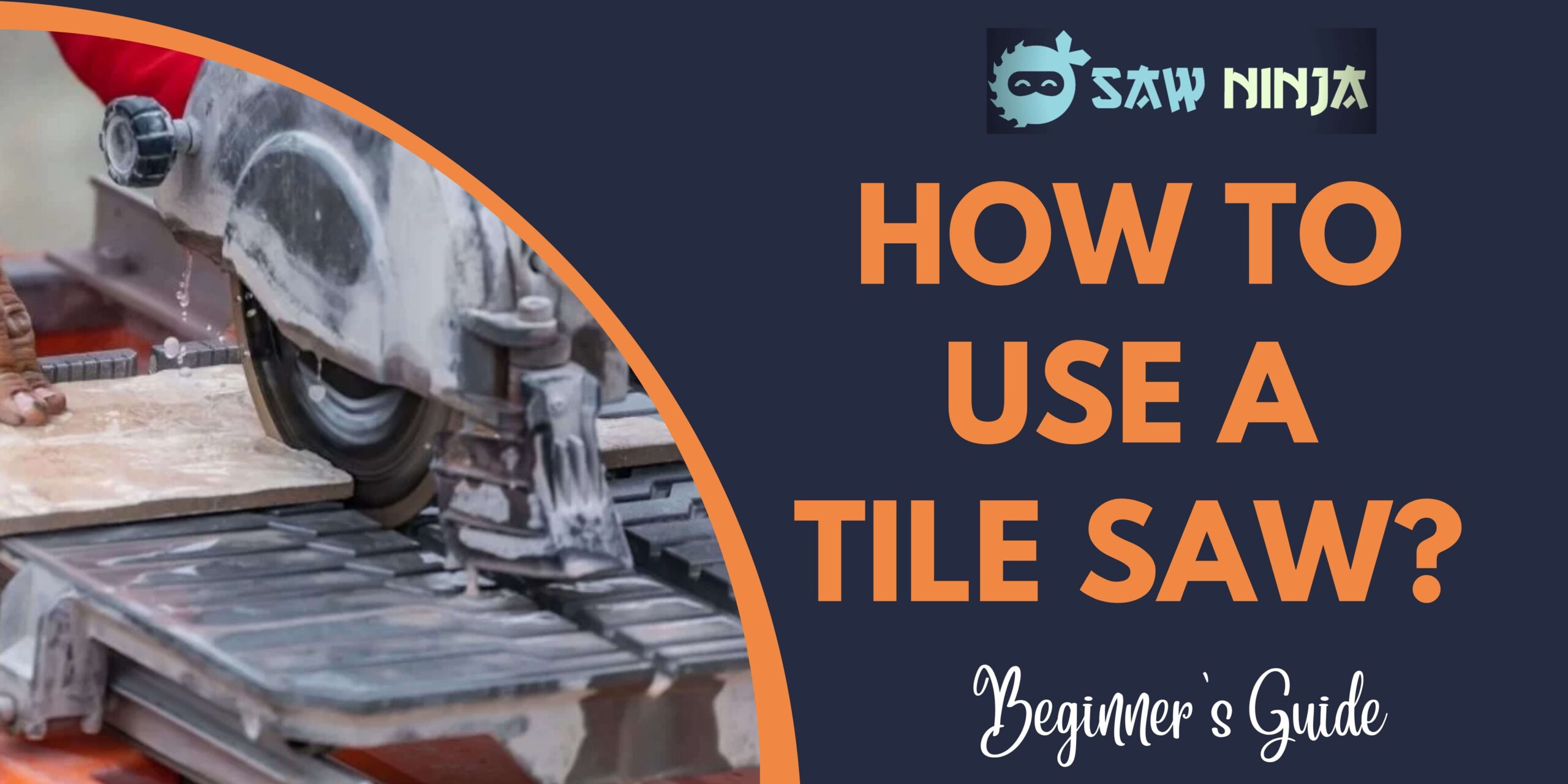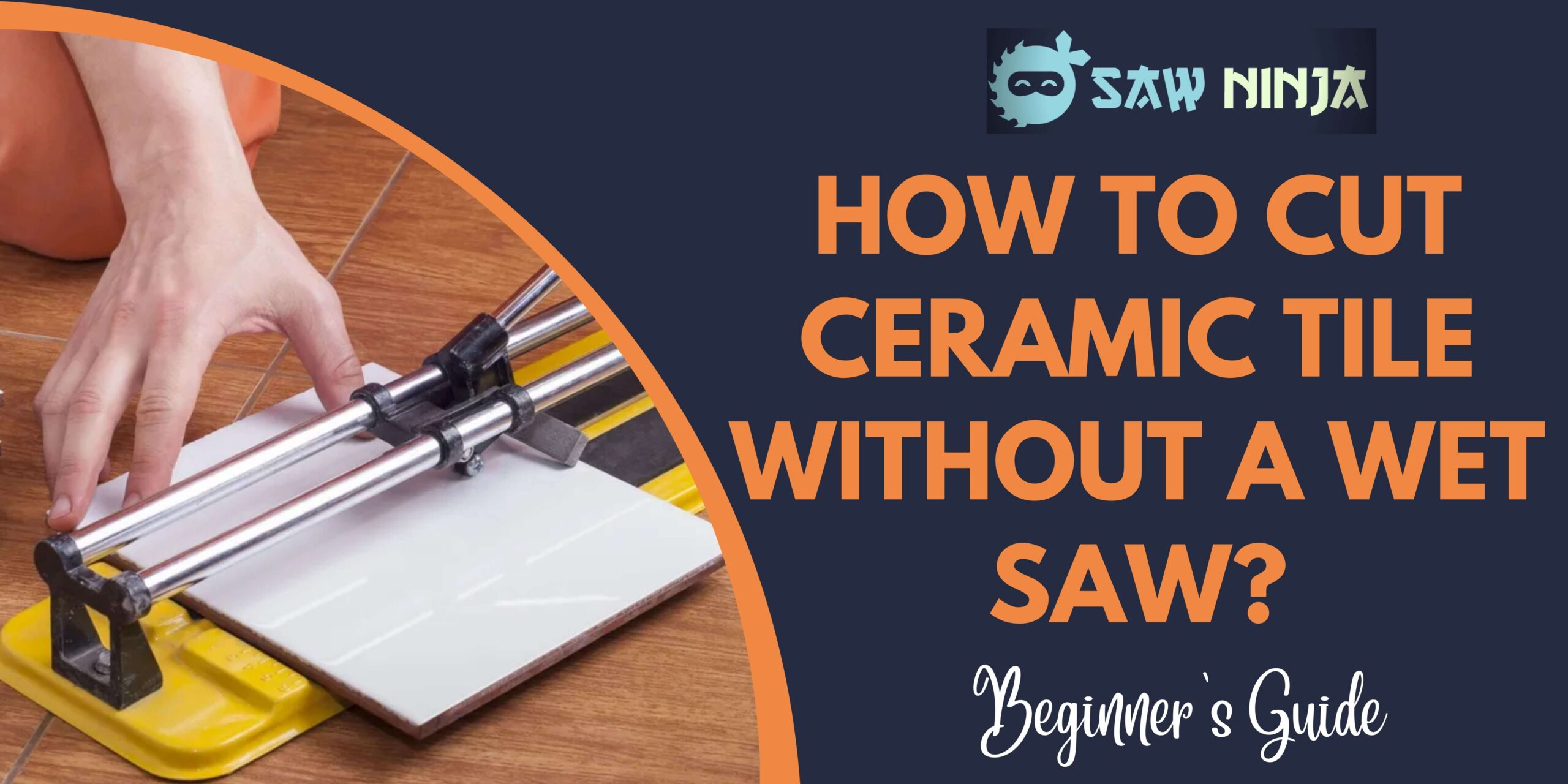Are you in the market for a new laser level? If you are, you may be wondering which one is the best laser level for cabinets. There are a lot of different types and brands of laser levels on the market, so it can be difficult to know which one to choose.
>>>>> How to Use Laser Level for Grading
In this blog post, we will discuss some of the best laser levels for cabinets and why they are a good choice. We will also provide tips on how to choose the right laser level for your needs. Let’s get started!
At a Glance:
- Self-Leveling Laser Level
- DEWALT 12V MAX
- OMMO Laser Level
- HYCHIKA 50 Feet Cross Line Laser
- SKIL Red Cross Line Laser Level
- DEWALT Line Laser
- Huepar Laser Level
List of Top 7 Best Laser Levels for Cabinets
Self-Leveling Laser Level
SPECIFICATIONS
Brand: Tavool/lo| Item Weight: 11.2 ounces| Style: Laser,Horizontal
REASONS TO BUY
✓3-in-1 self-leveling laser level for high precision and visible laser line
✓Self-leveling capability within 4 degrees
✓Multifunction operation mode with two switching models
✓Lock and unlock function for easy use
✓Affordable price
✓Comes with a one-year warranty
REASONS TO AVOID
✗Not suitable for outdoor use
First product on our list is the 3-in-1 self-leveling laser level. This is a great choice for those looking for high precision and visible laser level. It features 3-beam vertical, horizontal, and cross-line laser which can deliver maximum line visibility up to 50 ft. Whether it’s a sunny day or a night, its red laser line always has high visibility to give your home renovations or other DIY projects the most precise results.
One of the best features of this laser level is its self-leveling capability. If you are struggling to make the laser beam level when you use it, this level laser tool can self-level itself when located on an inclined surface within 4 degrees. If the surface inclines over 4 degrees, the laser will flash to indicate out-of-level conditions to remind you to adjust the location of the laser level. This is very easy to use and can save you much precious time.
Another great feature of this laser level is its multifunction operation mode. It has two switching models: lock and unlock. Each of them has three measurement modes: vertical laser line, horizontal laser line, and cross laser line. Switchable horizontal and vertical red beam laser tools can quickly lock the vertical, horizontal, and angle position of the measurement target. Whether you are hanging the ceiling of the basement or tiling on the floor and bathroom, it would be greatly helpful for your project.
We recommend this laser level because it is easy to operate and portable. Its design with one top button makes it easy for everyone to use. It controls the vertical laser line, horizontal laser line, and cross laser line mode switching, suitable for different usage modes, and accuracy is more accurate and stable. In addition, the bag of this line laser level is very easy to carry when you do your DIY projects.
We also like this laser level because it is very affordable while still maintaining high quality. It comes with a one-year warranty. If you have any questions, please just feel free to contact us and we will try our best to solve them for you.
DEWALT 12V MAX
SPECIFICATIONS
Brand: DEWALT| Item Weight: 6.5 Pounds| Style: Spot/Cross Line Laser Only
REASONS TO BUY
✓Powerful tool with a variety of uses
✓Easy to use with an integrated bracket
✓locking pendulum for precision alignment
✓Comes with a durable hard case
✓IP 65 rating for harsh environments
✓3-year limited warranty
REASONS TO AVOID
✗A bit on the expensive side
✗Not suitable for outdoor use
When you’re looking for the best laser level for cabinets, there’s no comparison to the DEWALT 12V MAX. This is a powerful tool that can be used in a variety of applications.
You’ll love how it has an integrated bracket that makes it easy to use, and the locking pendulum ensures precision alignment. Plus, it comes with a durable hard case so you can keep it protected when not in use.
The DEWALT green laser level also features an IP 65 rating, which means it’s tough enough to withstand even the harshest environments. And with a 2m drop rating, you know this tool is built to last. Finally, the full-time pulse mode detector guarantees accurate readings every time.
The best thing about this product is that it comes with a 3-year limited warranty, so you can be confident in your purchase. The only downside to this product is that it’s a bit on the expensive side. But when you consider all of the features and benefits, it’s definitely worth the investment.
So if you’re looking for the best laser level for cabinets, the DEWALT 12V MAX is a clear choice.
OMMO Laser Level
SPECIFICATIONS
Brand: OMMO| Item Weight: 3.66 pounds| Style: 16 Line
REASONS TO BUY
✓Comes with a wall mount and lift table for easy and versatile use
✓Has a self-leveling mode for quick and accurate leveling
✓Has a manual mode for more precise control
✓IP54 waterproof design protects against water and dust
✓360-degree rotation for easy line projection at any angle
REASONS TO AVOID
✗Not as bright as some other laser levels on the market
The next product on our list is the OMMO laser level. This is a great choice for anyone looking for a reliable and accurate laser level. The OMMO laser level has 4 horizontal 360° planes, 2 vertical 360° planes, and 16 laser lines.
This makes it perfect for use in any room, as it can cover the floor, walls, and ceiling all around the room. The horizontal lines and vertical lines cross at 90° angles, which makes it easy to visualize and finish the square layout. The portable size of the OMMO laser level makes it more comfortable and convenient to use, even for small handmade projects.
The OMMO laser level also has a self-leveling mode and a manual mode. In self-leveling mode, the laser level will be tilted self-leveling within ± 4°. If the laser level is not in a level place, the alarm will be activated.
To turn on the self-leveling mode, just switch the Power ON / OFF button to the ON side. In manual mode, you can press the power button on the top of the unit to turn on the manual mode and project lines in any position or angle. This is perfect for installing lighting fixtures, hanging pictures, wall tiling or floor tiling, etc.
The OMMO laser level comes with a wall bracket and a lift table. This allows you to project a 360-degree vertical and horizontal orientation for precise and flexible alignment.
The horizontal accuracy of the laser line is ± 1mm / 7 m. It also has a 1/4” female thread on the bottom of the unit, so you can attach it to a tripod or other mounting bases for convenient positioning. You can also rotate the laser level 360 degrees to project lines in any position or angle.
The OMMO laser level has an IP54 waterproof design to protect the unit from water splashes, dust, and construction debris.
If you are looking for a reliable and accurate laser level, then the OMMO laser level is a great choice for you.
HYCHIKA 50 Feet Cross Line Laser
SPECIFICATIONS
Brand: HYCHIKA| Item Weight: 1.08 pounds| Style: Red
REASONS TO BUY
✓Dual laser modules for horizontal, vertical, or cross-line patterns
✓Self-leveling within 6 seconds
✓IP54 protection grade
✓Flexible magnetic support
✓20-hour battery life
✓Comes with carrying case, batteries, and user manual
REASONS TO AVOID
✗Not suitable for outdoor use
✗Some users may find it difficult to read the lines at long distances
The next product on our list is the HYCHIKA 50 Feet Cross Line Laser. This is a great choice for anyone looking for an accurate and reliable laser level for their cabinet installation needs.
The HYCHIKA 50 Feet Cross Line Laser features dual laser modules that allow you to select either cross lines, horizontal, or vertical line patterns with the push of a button.
The self-leveling feature ensures that your lines will be automatically level within 6 seconds, even if the surface you’re working on is slightly tilted. You can also lock the pendulum in place to initiate manual mode, which is ideal for aligning at other angles.
This laser level is also IP54 protection grade rated, meaning it is shock resistant, waterproof, dustproof, and wear resistant. It also features flexible magnetic support that allows you to attach it to most metal surfaces, as well as a 20-hour battery life.
Included in the package are the HYCHIKA 50 Feet Cross Line Laser, magnetic L mount, carrying case, AA batteries, and user manual.
The best thing about this product is its versatility. Whether you’re looking to install cabinets, hang wallpaper, or lay tile, the HYCHIKA 50 Feet Cross Line Laser is a great choice for the job. One drawback of this product is that it is not suitable for outdoor use.
If you’re looking for an accurate and reliable laser level for your cabinet installation needs, the HYCHIKA 50 Feet Cross Line Laser is a great choice.
SKIL Red Cross Line Laser Level
SPECIFICATIONS
Brand: Skil| Item Weight: 0.97 Pounds| Style: Red 360° Cross Line Laser w/Tripod
REASONS TO BUY
✓Projects a bright red continuous horizontal line around a room
✓The integrated rechargeable Lithium-Ion battery has a convenient micro-USB charging port
✓The tripod included with the laser level can be raised to a max height of 3-½ feet
✓The beautiful laser level comes in a durable carrying case that also has a built-in bubble level for extra precision
✓For projects where your lines are not level or plumb, like a diagonally tiled back-splash, the tool has a locking mode that lets you position the projected lines at any angle you choose
✓Very versatile and easy to use
REASONS TO AVOID
✗A bit pricey
✗Not as accurate as some of the more expensive laser levels on the market
The next product on our list is the SKIL Red Cross Line Laser Level. This is a great tool for anyone who needs to get their projects done quickly and efficiently. The laser level projects a bright red continuous horizontal line around a room, so you don’t have to worry about missing any spots.
The integrated rechargeable Lithium-Ion battery has a convenient micro-USB charging port and indicators that show how much battery life is left. The tripod included with the laser level can be raised to a max height of 3-½ feet and lets you securely position the tool on the floor or a table.
The beautiful laser level comes in a durable carrying case that also has a built-in bubble level for extra precision. This is a great tool for anyone who wants to get their projects done quickly and efficiently.
For projects where your lines are not level or plumb, like a diagonally tiled back-splash, the tool has a locking mode that lets you position the projected lines at any angle you choose.
The best thing about this product is that it is very versatile. You can use it for a variety of projects, both big and small.
It is also very easy to use, so you don’t have to worry about missing any spots. The only downside is that it is a bit pricey, but it is definitely worth the investment if you need a good laser level. If you are looking for a top-of-the-line laser level, then this is the one for you.
DEWALT Line Laser
SPECIFICATIONS
Brand: DEWALT| Item Weight: 1 pounds| Style: Line laser
REASONS TO BUY
✓Durable
✓1-meter drop rating
✓IP54 rating
✓165 ft. range
✓Comes with a tripod mount
✓Class 2 laser
REASONS TO AVOID
✗Does not come with a tripod
The next product on our list is the DEWALT Line Laser. This is a durable laser level that is perfect for any construction site. It has over-molded housing with a 1-meter drop rating, making it resistant to water and debris.
The laser level also has a patented integrated magnetic bracket, which allows you to attach it to any metal surface. Additionally, the self-leveling laser level has an IP54 rating, meaning it is protected from water and dust.
With a range of up to 165 ft., this laser level is perfect for any job site. Additionally, the laser level is housed in a durable storage case and comes with a 1/4-inch – 20 thread mount for use with a tripod (sold separately). Class 2 laser with an output power of less than or equal to 1.3 MW at 630 680nm.
The best thing about this product is its durability. With a 1-meter drop rating, this laser level can withstand anything that is thrown its way. Additionally, the IP54 rating means that it is protected from water and dust, making it perfect for use on any construction site.
One downside of this product is that it does not come with a tripod, so you will need to purchase one separately.
Overall, the DEWALT Line Laser is a great product for any construction site and is perfect for anyone in need of a durable, self-leveling laser level. So if you are in the market for a new laser level, be sure to check out the DEWALT Line Laser.
Huepar Laser Level
SPECIFICATIONS
Brand: Huepar| Item Weight: 4.71 pounds| Style: LS03DG
REASONS TO BUY
✓Highly visible green beam
✓Good working range
✓Accurate
✓Comes with a 3-year warranty
✓Outstanding customer service
✓Type c power cord included
REASONS TO AVOID
✗No carrying case included
Last but not least on our list of best laser levels for cabinets is the Huepar 3D Self-Leveling Green Laser Level.
If you are looking for a highly visible green beam, then this is the perfect tool for you. It has a working range of up to 30m/98Ft and an accuracy of +/- 3mm/10m/+/- 1/9″ at 33Ft. The one 360° horizontal and two 360° vertical lines can be selected individually by separate H and V buttons on the keypad.
With our smart pendulum system, this line laser level tool self-levels and indicates out-of-level conditions while the pendulum is unlocked. Once the pendulum is locked, it switches to manual mode to lock lines for use at any angle.
The kit also includes 2 Li-ion batteries, a magnetic bracket, Lifting Base, a type-c power cord, a power adapter, a laser target plate, user manual.
The best thing about this product is that it comes with a 3-year warranty, which is pretty great. Overall, the Huepar 3D Green Laser Level is a great choice if you are looking for an affordable and accurate laser level for your cabinets.
Their customer service is outstanding. They are committed to providing Best-in-Class service to their customers and have a 24/7 Service Team that responds in 24hrs.
The only thing that we didn’t like about this product is that it doesn’t have a carrying case. Other than that, it is a great product and we highly recommend it.
We hope you enjoyed our article on the best laser levels for cabinets and you will find it easy to choose the best laser level for your needs after reading our reviews. If you have any questions, please feel free to contact us, and we will be happy to help you out.
Happy shopping! That’s all for now! If you have any questions or comments, please feel free to leave them below.
Buying Guide
When shopping for the best laser level for cabinets, there are several things you’ll want to keep in mind. Here are a few factors to consider:
Level of Accuracy
One of the most important things to consider when purchasing a laser level is the level of accuracy you need. When working with cabinets, even a small error can result in big problems. So, be sure to choose a laser level that offers the level of accuracy you require.
Type of Laser Level
There are two main types of laser levels: rotary and self-leveling. Rotary laser levels are more accurate but also more expensive. Self-leveling laser levels are less expensive but may not be as accurate. Decide which type of laser level is right for you based on your budget and needs.
Durability
Another important factor to consider is durability. You’ll want to choose a laser level that can withstand repeated use in a workshop or job site environment. Be sure to check the warranty and return policy before making your purchase.
Budget
Of course, you’ll also want to consider your budget when shopping for a laser level. Laser levels can range in price from under $100 to over $1000. Choose the best laser level for cabinets based on your needs and budget.
Features
When choosing a laser level, you’ll also want to consider the features offered. Some laser levels come with built-in features like measuring tapes or digital displays. Others offer more basic features. Choose the best laser level for cabinets based on the features you need.
Brand
Finally, you’ll want to consider the brand of laser level you choose. Some brands are more reputable than others. Be sure to do your research and read reviews before making your purchase.
Accessories
When shopping for a laser level, you may also want to consider purchasing accessories. Accessories can include things like carrying cases, tripods and measuring tapes. Choose the best laser level for cabinets based on the accessories you need. T
Reviews
When choosing a laser level, be sure to read reviews. Reviews can give you a good idea of the quality of the product and the level of customer satisfaction. Be sure to read both positive and negative reviews before making your purchase.
Return Policy
Finally, be sure to check the return policy before making your purchase. You’ll want to be sure you can return the laser level if it’s not what you’re looking for.
Auto-leveling
Some laser levels have an auto-leveling feature. This feature is helpful because it ensures that the level is always accurate. Choose the best laser level for cabinets based on your needs and budget.
Debris Filter
A debris filter is a feature that helps keep the laser level clean. This feature is important because it helps to prolong the life of the laser level. Choose the best laser level for cabinets based on your needs and budget.
LCD Display
An LCD is a feature that allows you to see the measurements on the laser level. This feature is helpful because it allows you to easily see the measurements. Choose the best laser level for cabinets based on your needs and budget.
Tripod Mount
A tripod mount is a feature that allows you to attach the laser level to a tripod. This feature is helpful because it allows you to use the laser level in a variety of situations. Choose the best laser level for cabinets based on your needs and budget.
Beam Colors
Some laser levels have different beam colors. This feature is helpful because it allows you to see the laser level in a variety of situations. Choose the best laser level for cabinets based on your needs and budget.
Laser Type
There are two main types of lasers: visible and invisible. Visible lasers are helpful because they allow you to see the laser beam. Invisible lasers are helpful because they’re less likely to be seen by people in the area. Choose the best laser level for cabinets based on your needs and budget.
FAQs
What is the best laser level for installing kitchen cabinets?
There is no definitive answer to this question as there are a variety of laser levels available on the market, each with its own unique set of features and benefits. However, we would recommend the following laser levels for installing kitchen cabinets:
– The Huepar 3D Green Beam Self-Leveling Laser Level is an affordable and easy-to-use laser level that is perfect for small projects like installing kitchen cabinets.
– The Bosch GLL 3-80 CG Professional Cross-Line Laser Level is a more expensive but higher quality laser level that would be great for larger projects or professionals.
How do you use a laser level for kitchen cabinets?
If you’re looking for an easy and accurate way to install kitchen cabinets, a laser level is a great tool to use. Laser levels can help you make sure your cabinets are level and even, which will give your kitchen a professional and polished look.
There are a few different ways to use a laser level for kitchen cabinets. You can either use the laser level to create a horizontal or vertical line, or you can use it to create a level line across the cabinets.
If you’re using a horizontal line, it’s best to start in the middle of the room and work your way out. This will help you make sure the line is level and even.
If you’re using a vertical line, it’s best to start at the top of the cabinets and work your way down. This will help you make sure the line is level and even.
What is the best-rated laser level?
There are a few things to consider when choosing the best laser level for your needs. The first is accuracy. You’ll want to make sure the laser level you choose is accurate to within 1/8 of an inch.
The next thing to consider is the range. The higher the range, the better. You’ll want to make sure the laser level you choose has a range of at least 30 feet.
The last thing to consider is the price. Laser levels can range in price from around $20 to over $100. It’s important to find a laser level that fits your budget.
Is green or red laser level better?
There are a few things to consider when choosing a color for your laser level. The first is visibility. Green lasers are more visible than red lasers, so they’re a good choice if you need to see the laser beam easily.
The second thing to consider is price. Green lasers are more expensive than red lasers, so they’re a good choice if you have a larger budget.
The last thing to consider is the range. Green lasers have a shorter range than red lasers, so they’re a good choice if you need a laser level with a shorter range.
Can you see a green laser in daylight?
Yes, you can see a green laser in daylight. However, the visibility of the laser will depend on the intensity of the laser. For example, a low-power laser will be visible in daylight, but a high-power laser will not be as visible.
Are blue lasers better than green?
There is no definitive answer to this question. Some people prefer blue lasers because they are more visible in daylight, while others prefer green lasers because they are more visible in dark conditions. Ultimately, it is a matter of personal preference.
Which laser is most powerful?
The most powerful laser is the blue laser. Blue lasers have a higher power output than green lasers and can be used for a variety of applications.
Conclusion paragraph:
When it comes to finding the best laser level for cabinets, there are a few things you need to take into account. By considering the factors we’ve outlined in this buying guide, as well as reading through the frequently asked questions, you should be able to find the perfect tool for your needs. Have you decided on which laser level is right for you? Let us know in the comments below.

